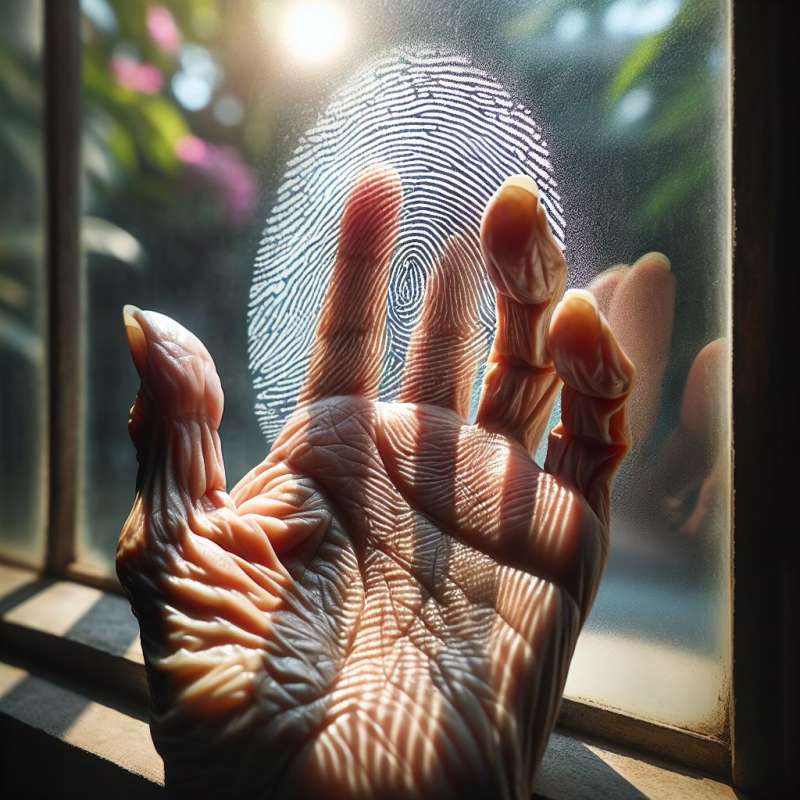
Fingerprint Formation Basics
Fingerprints form during fetal development, around the 10th week. Unique patterns are influenced by genetic and environmental factors, including the fetus's movement and amniotic fluid pressure.
Genetics and Dermatoglyphics
While fingerprints are not purely hereditary, genetic factors do play a role. Dermatoglyphics, the study of these ridges, shows familial patterns but individual uniqueness.
Types of Fingerprint Patterns
There are three main types of fingerprint patterns: loops, whorls, and arches. Each category has subtypes, resulting in countless unique combinations across individuals.
Fingerprints and Identity
No identical fingerprints have been found, even among identical twins. This uniqueness makes fingerprints a reliable method for identification in forensic science and biometric security.
Fingerprints and Health
Certain fingerprint features can indicate genetic disorders. A-B ridge patterns might suggest chromosomal abnormalities, such as Down syndrome, adding a diagnostic value to dermatoglyphics.
Fingerprint Persistence
Fingerprints are remarkably durable over a person's lifetime. The epidermal ridge patterns do not change unless subjected to severe injury or skin diseases.
Unusual Fingerprint Facts
Koalas have fingerprints indistinguishable from humans, even under a microscope. Additionally, fingerprint recognition technology can now even detect drug use, making it a tool beyond simple pattern analysis.Immortal Prints?
Incredibly, a fingerprint left on ancient clay pottery can survive for over 7,000 years, outlasting its maker by millennia.
When do fingerprints form in development?
After birth
10th fetal week
First trimester end
Company